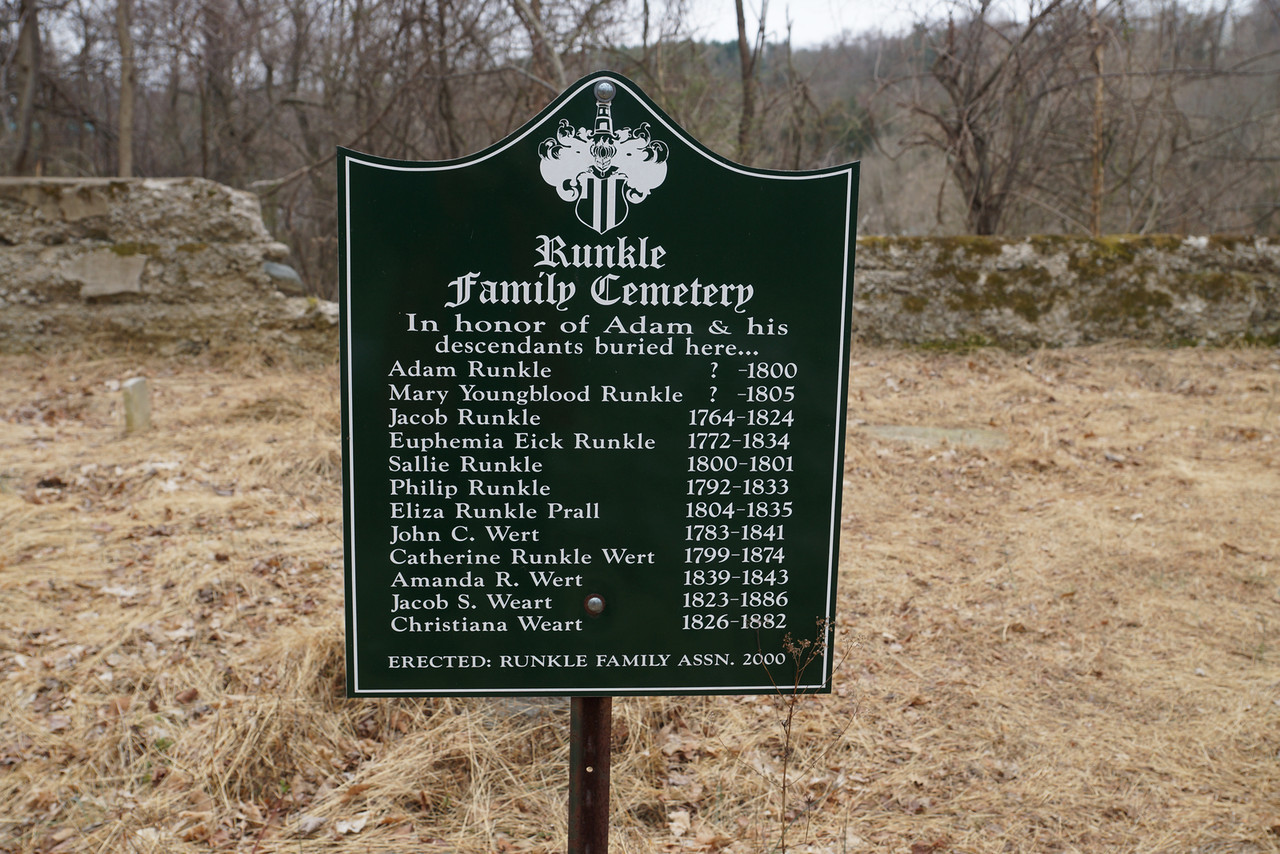Annandale, New Jersey History
Home | Annandale History | Picture Gallery
|
Adam Runkle Homestead
Adam Runkle Homestead before 1899 Ben Van D. Fisher, 1899, The Runkle Family, T.A. Wright, Publisher and Printer, New York http://homepages.rootsweb.ancestry.com/~runkle/house.htm
Runkle Family Cemetery before 1899 Ben Van D. Fisher, 1899, The Runkle Family, T.A. Wright, Publisher and Printer, New York http://homepages.rootsweb.ancestry.com/~runkle/cemetery.htm Runkle Family Book, by Benjamin Van Doren Fisher, published by T.A. Wright, 1899
Adam Runkle Home 2003
Photo by Donna Herrmann http://daherrmann.smugmug.com/Other/Runkle-Estate/
Photo by Donna Herrmann http://daherrmann.smugmug.com/Other/Runkle-Estate/ Hunterdon Life Magazine - March 2007 Article: The Adam Runkle House by Brian Mullay - from page 15 of July 2009 Clinton Township Newsletter Tucked off to the side of Walnut Pond Road at the southern end of the Village of Annandale, beneath magestic walnut trees, sits a home that withstood the tests of time. It is believed that Adam Runkle built the house some time around 1770, just before the outbreak of the Revoultionary War. Houses like this act as windows on our local history, giving us glimpses of how our forbears lived and worked, and how our area has evolved. Records show that Adam Runkle purchased the 25-acre tract, upon which he built his house, in 1761. He and his wife, Mary, established a farmstead and raised their family here. The house was constructed in a Dutch style withe Georgian influence typical of the region and period. At the time the area was entirely rural. Annandale would not begin to develop until nearly eighty years later, when the Central Jersey Railroad established a train station here (and when Annandale was known as Clinton Station). As the region changed, so too did the ownership and face of the home. In 1805, Adam and Mary's second son, Jacob, purchased the farm. In 1837, the property changed hands again and was purchase by Henry McCloughan. The additions and expansions made by these and subsequent owners of the property exhibit the styles and tastes if the contemporary period. Some additions had a Greek Revival influence, for example, popular in the early 19th century. Two barns on the property, one later converted into a bowling alley, were construced in the early 20th century. It is interesting to imagine what life was like for the early settlers of Clinton Township. That many of their homes still exist and, in many cases, are still inhabited serves as a testament to their endurance, skill and craftmanship. Much of the information for this article is drawn from research done by Dennis Bertland Associates.
|




